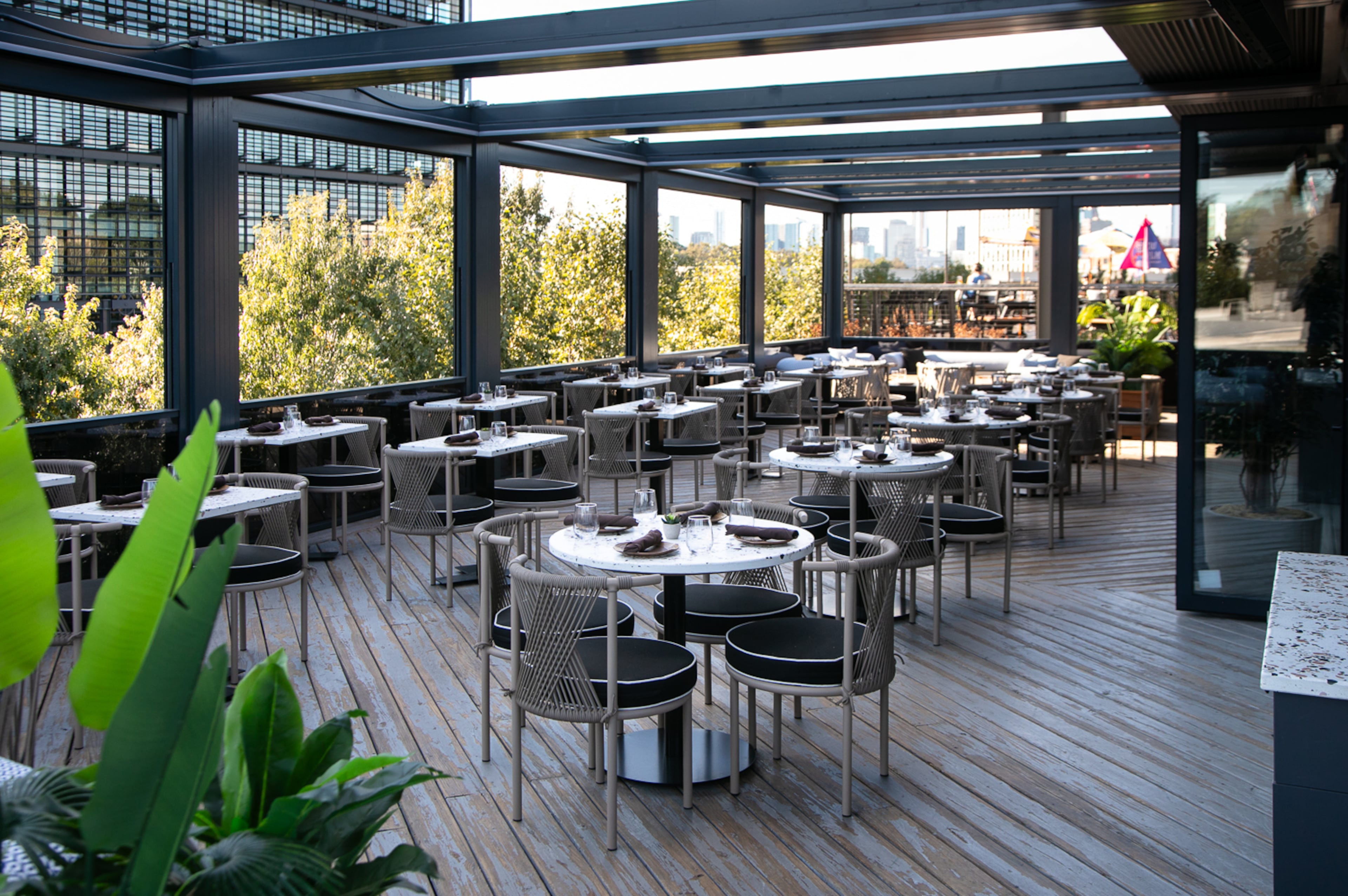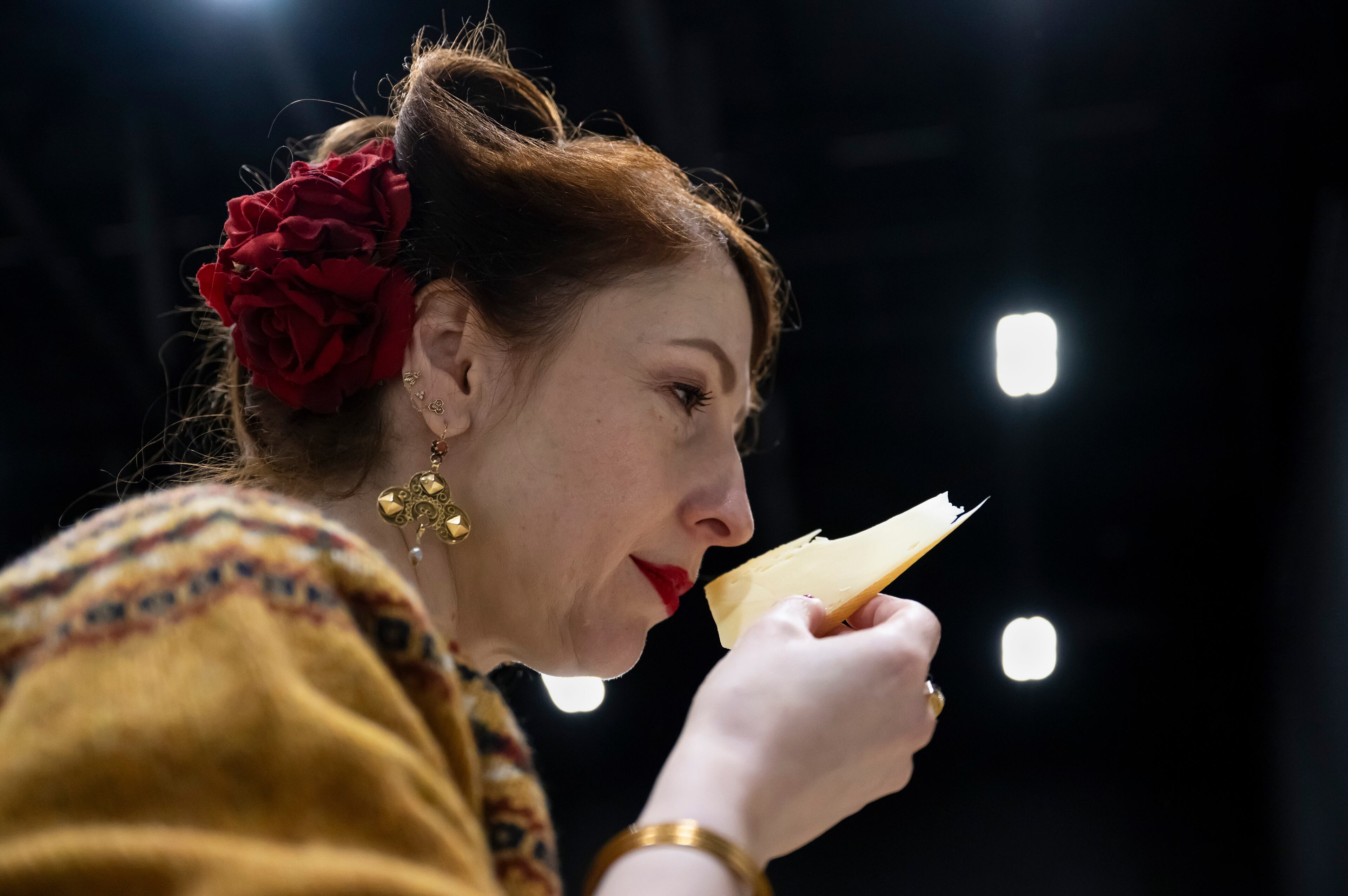For a taste of Austria, pour a glass of blaufrankisch

Summer is high season for travel. And travel is a great way to discover new wines.
We had the good fortune this summer to visit the Burgenland wine region in Austria. As a result, blaufrankisch is our current red wine obsession.
Austria is more widely known for white wines (which account for nearly 70% of its wine production). But this easternmost region of the country is recognized for its reds, the best of which are made from indigenous grapes, including blaufrankisch, one of the oldest varieties in the area.
Savory, with bright acidity, generally lower tannins and pleasantly rustic wild berry fruitiness, the grape is a great conduit for terroir.
Lovers of red Burgundy or Oregon pinot noir might find a friend in blaufrankisch. Like pinot noir, it is immensely food-friendly.
The Burgenland includes several microclimates and soil types that contribute to great winemaking, most near the large, shallow Lake Neusiedl, a stunning UNESCO World Heritage Site. All the wineries we visited are family operations and are focused on organic viticulture — two factors that seem to be the rule, not the exception, in this area of Austria.
If you can’t travel to the Burgenland, you still can experience this beautiful region via your next glass of wine. Here is a lineup of both classic and modern takes on blaufrankisch that are available at well-stocked wine and bottle shops in the Atlanta market.
Prieler Oggau Johanneshohe blaufrankisch. The wines of Prieler are a fantastic introduction to classic blaufrankisch. Georg Prieler is the fifth-generation winemaker in his family, whose lands are soaked in sunshine (great for later-ripening blaufrankisch) and cooled by intense breezes.
Straka Greenschist blaufrankisch. To get to Straka, you drive briefly through Hungary as you climb up to this high-elevation winery close to the border. Green slate dominates the soil here, and the dark, stony minerality comes through in a racy way. The black cherry notes have a delicious roasted quality, but it has a silky finish. This wine is a lovely partner for cheeses and cured meats.
Kofolk Intra the Wild red. Stefan Wellanschitz is Kofolk, a side project he started while also working at his family’s winery. He makes wines more experimental than at Weingut Wellanschitz. Peppery and bright, this wine is complex but very easy to drink, like a blaufrankisch disguised as a Beaujolais. Although most Austrian reds are best when served cool, not cold, this wine is good with a chill.
Meinklang Burgenland red. Biodynamic and regenerative farming is a lifestyle at Meinklang. In addition to winemaking, cattle are raised there, which helps fertilize the vineyards. This wine, the only blend in the lineup, combines blaufrankisch with two other local red grapes, Zweigelt and St. Laurent. Juicy and approachable — with a savory, earthy core — this is an ideal red to bring to a barbecue. And although such careful farming practices often come at a higher price, Meinklang keeps its wines affordable.


